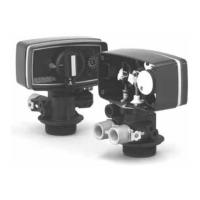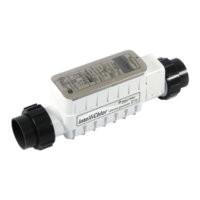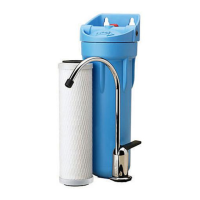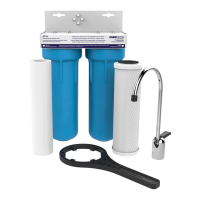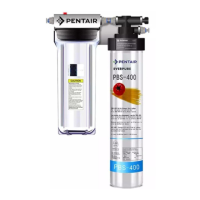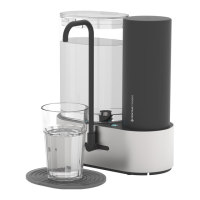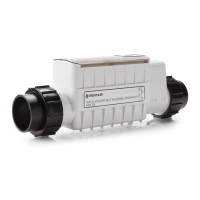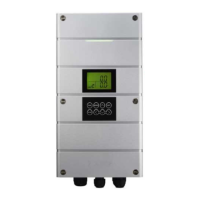
Do you have a question about the Pentair VFD-4000 and is the answer not in the manual?
| Frequency | 50/60 Hz |
|---|---|
| Motor Type | Induction Motor |
| Enclosure Rating | NEMA 4X |
| Control Method | V/Hz or Sensorless Vector |
| Protection Features | Overcurrent, Overvoltage, Undervoltage, Short Circuit, Over Temperature |
Covers critical safety information, including electric shock risks and equipment hazards.
Emphasizes that only qualified electricians should install and maintain the product.
Outlines precautions for electrical measurements, including disconnection and waiting times.
Highlights the importance of professional system design and electrical installation for safety.
Details product model numbers, insulation class, output capacity, voltage, and current ratings.
Describes the control system, frequency, torque characteristics, and endurance for the VFD-4000.
Guides users to verify nameplate ratings and contact distributors for discrepancies or damages.
Provides external physical dimensions in mm for different kW models of the VFD-4000.
Specifies the required wire thickness (mm2/Awg) for input and output terminals based on drive capacity.
Illustrates the AC power input (R/S/T) and motor output (U/V/W) terminal connections for the 380-440V class.
Details connections on the I/O board and front cover for sensors and communication interfaces.
Explains the purpose and operation of each button on the VFD-4000 keypad.
Describes the VFD-4000's LCD display, including pressure readings, operation status, and parallel sequence order.
Explains the meaning of different backlight colors (green, yellow, red) indicating operational states.
Instructions to switch operation modes by pressing the STOP button for three seconds.
Details setting master (1) and slave (2-5) pumps for constant pressure operation.
Explains setting manual mode ('C') and adjusting constant speed using the RUN button.
Guides on configuring up to four pumps for parallel operation, designating master and slave units.
Step-by-step guide to quickly set the desired system pressure using keypad buttons.
Procedure for accessing and navigating parameter groups to adjust settings.
Details essential booster parameters (B00-B16) like pressure limits, deviation, and PID settings.
Explains parameters (C00-C14) for stop frequency, motor direction, current, emergency run, and input/output settings.
Describes the functionality and sequence for jockey pump operation to optimize energy efficiency.
Covers settings for simultaneous operation count, restart delay, and output compensation in parallel systems.
Details settings for output relays (C09) and auto reset functionality (C10) for system status and alarms.
Explains key VFD parameters (P00-P12) for frequency, voltage, acceleration, deceleration, and fan control.
Instructions on how to access alarm logs, view operation time, and power-on time.
Lists and explains common VFD alarm codes such as Overvoltage, Overcurrent, and Overload.
Details specific alarm codes related to thermal, electrical, and system faults.
Lists and explains alarms specific to booster systems, like communication and sensor errors.


